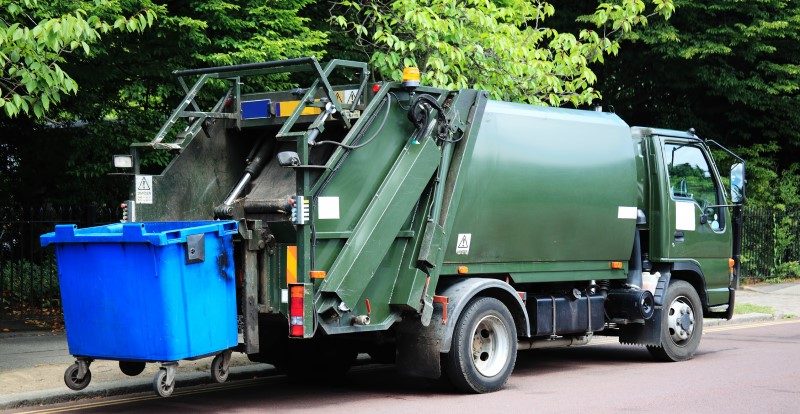Canadian City Parks Report: Report shows data gap around changing park use

Sponsored by Park People
Canadians have long enjoyed their city parks as places to connect with nature, meet neighbours, and play sports. However, Park People’s new Canadian City Parks Report reveals that as our cities change (as a result of population growth, increasing density, and demographic shifts), the way we use our parks is changing, too.
The newly released report highlights that increasing pressure is being placed on parks departments across Canada to respond to new demands. At the same time, they are being asked to keep budgets tight, essentially being asked to do more with less each year.
Residents across Canada are demanding new programming, more naturalized experiences, greater accessibility, and new ways to get involved in their parks.
For example, residents are demanding more space in parks for unstructured, spontaneous uses (such as hanging out with friends and family) over more structured spaces (such as baseball diamonds).
As park use moves more in this direction, and toward more varied uses, data that has historically been used to understand park use (sports field bookings and permits, for example) will not be able to capture the full spectrum of how people are using parks. And, in times of budget constraints, ensuring cities spend scarce dollars on the right amenities and programming is critical.
This was one of the key findings from the first annual Canadian City Parks Report, released in June 2019. The report gathers data from 23 cities spanning Victoria, British Columbia to Charlottetown, Prince Edward Island to uncover common challenges, trends, and shine a spotlight on creative made-in-Canada solutions.
Parks staff want and need to know how parks are actually being used, when, how much, and by whom. This data, however, is often difficult and expensive to capture. Cities across Canada struggle with consistent and reliable methods to measure actual park use.
Some cities, such as Montreal, Lethbridge, and Guelph, are experimenting with sensors in certain parks that can perform people counts, providing at least some usage numbers.
However, the report shows that only 17 percent of cities had conducted a behavioural observation study of park use, such as a public life study. These studies record the actual activities taking place in parks – playing, relaxing, socializing – to provide a snapshot of use. This data is critical for helping cities better plan, design, and program parks as demographics and park use change.
Both Toronto and Vancouver have invested in large-scale public life studies in the last two years, using volunteers to capture information about behaviour in parks. This data is then fed into planning documents, such as Vancouver’s plan for downtown public spaces. Toronto is now building public life studies into new park revitalization projects to ensure park designs are based on data about actual usage.
Understanding who uses public spaces – and, by extension, who’s not using them – can provide important insights into people’s perceptions of safety or how welcome they feel in a certain space. Documenting real-world park use can uncover surprise activities and also indicate what amenities might be missing; people dragging picnic tables together to host large family picnics might be an example.
Counting matters. Cities often have granular data related to transit wait times, traffic patterns, and even the amount of water leaking from pipes. We should be taking a similar approach with our public spaces. MW
The Canadian City Parks Report is generously funded by The W. Garfield Weston Foundation. Find the report at https://cityparksreport.parkpeople.ca.
✯ Municipal World Insider and Executive Members: You might also be interested in Paula Lombardi’s article: Why urban areas continue to need parks. Note that you can now access the complete collection of past articles (and more) from your membership dashboard.
Jake Tobin Garrett is the policy and planning manager for Park People, a national charity that helps people activate the power of parks in Canada.
Related resource materials:



